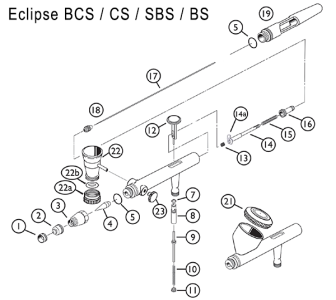ok I wasn't sure if the trigger itself was meant for fine air control or not, so It's fine as it is then. I can use a MAC valve if need be. It's good to know this stuff though as I wasn't aware before.
I kind of like the idea of a trigger cap, it's sort of like Kontrol Freeks for console controllers which I use and love.
Here is a view from a total noob.

I had and still have bunch of issues, but I am gonna share what is working with my no skills so far. Blasting paint was a big problem for me. Somethimes no paint won't come out from airbrush and I am pulling the trigger further and further back and suddenly I get full blast. And big circle of paint is on my ''work''. I didn't want to remove needle guard, and thank god I didn't cause when I was practising my dagger strokes I hit with the needle guard to the surface of my work... And I did that few times...
So first I wonted to resolve tip dry issue, but it is difficult to clean needle, if you have needle guard on. I found this video on you tube:
And I modified this idea a little cause I use needle guard similar to the one you get when you buy airbrush, but you can use it even if you do close to surface work:
https://www.air-craft.net/cgi-bin/b....pl&PRODUCTPAGE=Iwata-Crown-Cap.html#SID=1409
Here are pictures of modified idea. I used one of dental brushes which I am using them for cleaning airbrush and I got 5 pieces in a pack. The trick is dental airbrush can clean needle tip even if you use needle guard. It is so small and I just press my airbrush to the device I made for myself:
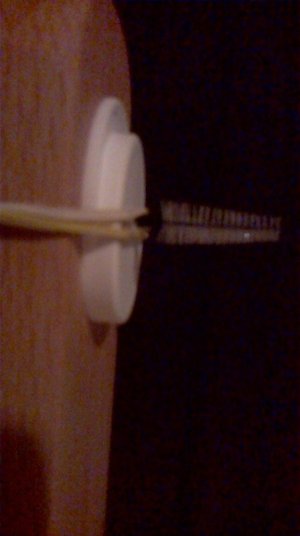
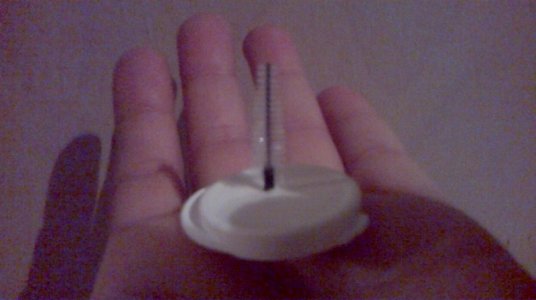

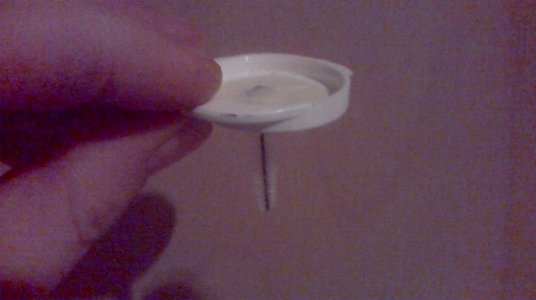
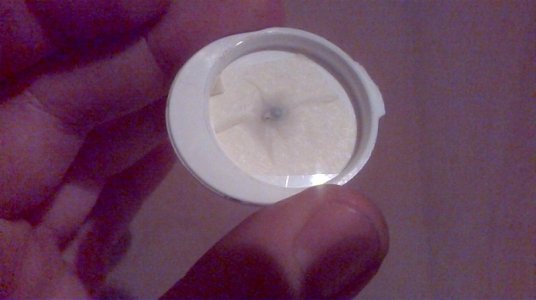
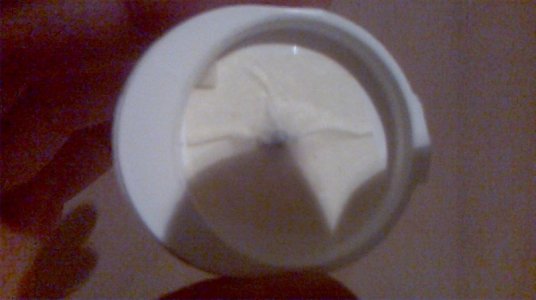
Just like you see I used 2 rubbers so I could fixate that to the side of my easel. After I press my needle to this little sucker i spray a little paint to the paper which I have only for testing if I still have tip dry. (yea I know I am a noob, who cares) At least I am not picking my needle with my fingers and destroying needles when I hit surface of my easel

Cause I still don't have muscle memory I use this:
https://www.air-craft.net/cgi-bin/b...a-Preset-Cut-OutHandle-IWS-1556.html#SID=1409
It works for me great if I am working on something, but when I practise on a paper I don't use this. Then I am working on my control.
I 2 have the issue with pressing trigger a little down and doing a control with that, and all guys sad that I should use regulator for this. But I think I am doing that cause I am scared of pushing to much paint out of airbrush. But I am better each day and I don't think about that anymore. I am trying to get the feeling that my airbrush is extension of my mind and whatever style I will use and will work for me is ok.
Control freak thingy works and many users use that kinda solutions for getting more control(at least on you tube). I was thinking about it, but I didn't go for it, cause there is a bunch of stuff which need to become part of me and I seen bunch of master which don't use that and still do phenomenal work.


